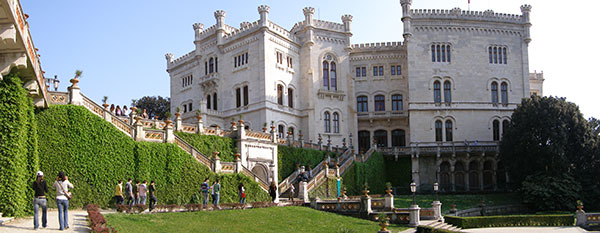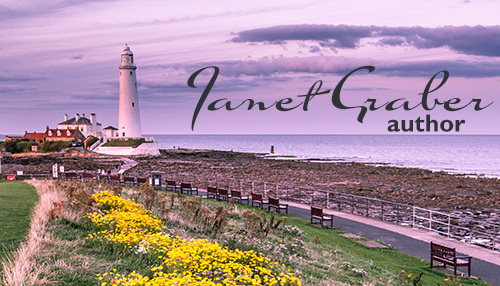Go Where the Story Takes You
… advises David Muir of ABC News
And so I did.
In the Spring of 2017, with a second draft of The Sting of Love tucked inside my suitcase, my daughter and I boarded a plane for a weeks’ long research trip to Ljubljana, Slovenia, and Trieste, Italy.
If I believed such things, I would tell you that a guardian angel took me by the hand and walked me through my story scene by scene, page by page.
- Our Slovenian guide, Aleksandra, shared with us her own research project from elementary school, about her grandmother’s life as a partisan during WWII.
- Marshal Tito’s summer villa on the shores of Lake Bled proved a fantastical step back in time. In the entry way, on his desk, a large black telephone waited, as if at any moment Mr. Churchill might call for a chat. On the walls of the concert hall were the murals commissioned by Tito to commemorate the partisan struggle and sacrifice for liberation. Here too, it seemed were the ghosts of long-gone international leaders, mingling and gossiping throughout Tito’s 35 year rule of Yugoslavia.
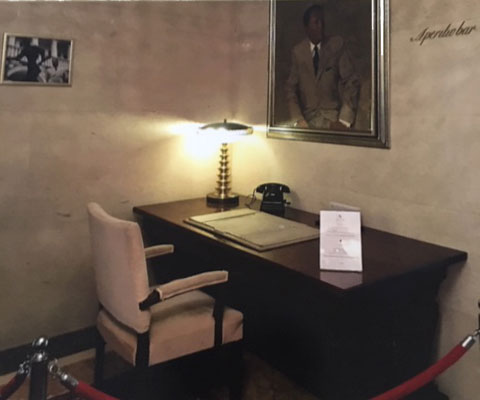
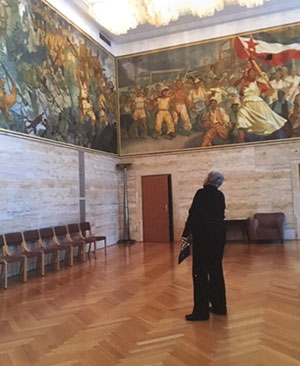
- Out and about on the Karst, trying to track down the mayor of Opatje Selo for an interview, turned into a joyous day of celebration with the entire village who were participating in the annual OSMICA which involved emptying all the wine barrels in preparation for the fall harvest! What better way to mingle with the locals.
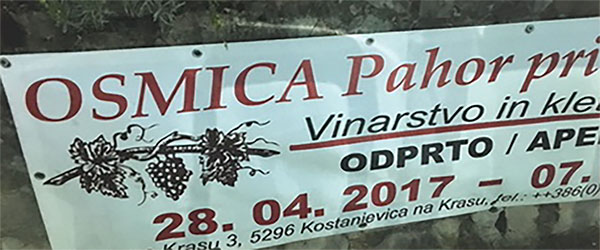
- It happened to be International Workers Day (May Day) when we visited the village of Basovizza. Red flags were strung across the streets, and a parade was in progress. Our reception was quite cool. It was obvious that the inhabitants still yearned for the communist party and Marshal Tito. And it was made quite clear that making the Basovizza Foiba a national monument was not appreciated. The monument itself was chilling. And a real sense of melancholy hung over the barren field. The guide confirmed that the local people would far rather have forgotten the atrocities and there had been some physical confrontations during the opening celebration.
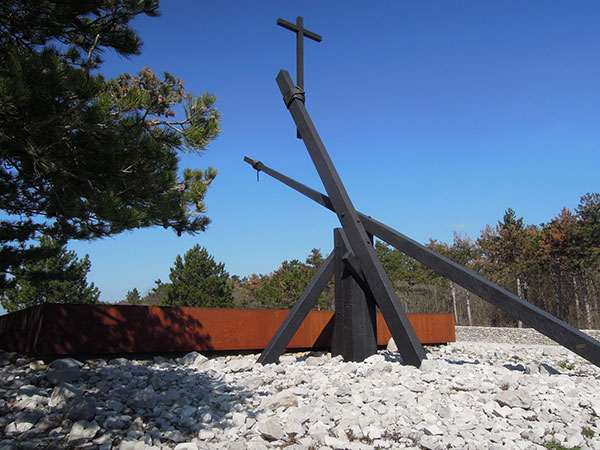
- Crossing the border between Slovenia and Italy was simply enough since both countries are members of the EU with its open borders policy. A far cry from the situation in 1945. What surprised me most in Trieste was the ambivalence of the natives towards the occupation of the Allies after WWII. I came to realize that the city, having been occupied for so long, by so many, saw the liberation in 1945 as simply one more form of control.
- Castello di Miramare was an emotional experience because my father had been billeted there for eighteen months, and was the ‘real’ part of the research trip. It has a fascinating and tragic history and is an astonishing place to visit, both inside and out. Again, I found little interest amongst the people I talked with that the castle had been Allied Eighth Army Headquarters after the end of WWII. For me it was a lesson learned that one man’s liberator is another’s oppressor.
